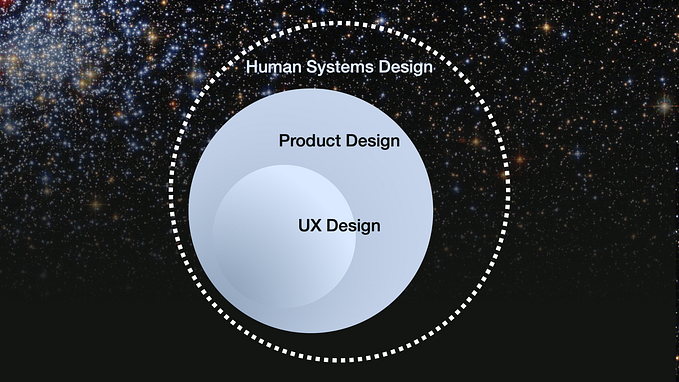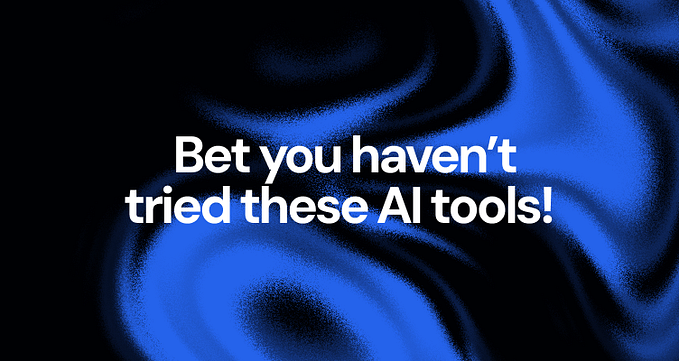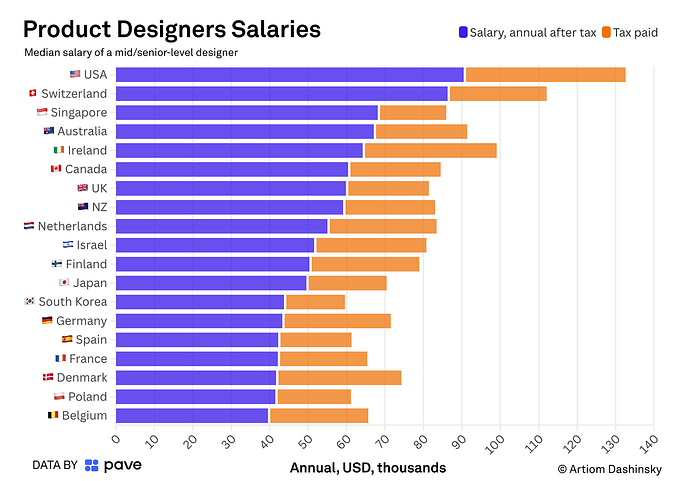How Sephora “sucks” all my money through great UX and psychology
My girlfriends always complain to me that Sephora is like a black hole that sucks up all their money. Some of my girlfriends even have to uninstall their Sephora mobile app to stop shopping. I feel their pain. The Sephora app is a perfect example of how great UX and psychology can bring a large amount of profits to its company.
Sephora Ensures a Seamless Omni-channel Experience for Users
Unlike many apps which only focus on what users do on their websites, Sephora goes beyond the surface: It understands the customer’s journey way before they want to make purchase decisions. Instead of choosing what platforms (mobile, tablet and website)for customers to use, Sephora thinks about the user experience first, and then decides the best channel to support that experience. Because of that, Sephora brought the in-store and digital experience together.
We live in an Omni-channel world. We can be in a party (in reality) or on social media (mobile or web), and then we see a lipstick we love from our friends (reality) or beauty bloggers (mobile or web), and we go to the Sephora website (mobile or web) to see if it is available. Later, we go to the store to test out the colors(in store)before we decide to purchase it. Therefore, users move in and out of her device often based on the context that makes sense to her. Based on this observation, Sephora syncs users’ account across the platform. In this senerio, the user may check the product on Sephora in her computer to see if the item is available, and then add to her wish list or shopping cart. At the same time, Sephora syncs her wish list or shopping cart item(s) across channels (website, tablets and mobile phone). And Later when she is in the physical store, she tries on the color, and she can also access her account from her personal phone to double check reviews before making her purchase decision. Her whole experience moving between channels is effortless and seamless.

Sephora Solves Users’ Pain Points and Helps Users Prototype with ZERO Costs
Most online shoppers have had the experience that a cosmetic product or a piece of clothing that they purchased online doesn’t fit correctly, which creates customer frustrations and can potentially damage the company’s brand. Therefore, Sephora solves this pain point by providing features such as visual artist and online educational content. Sephora visual artist uses face-mapping technology through the camera on the user’s phone to help them make a purchase decision. The visual artist tool is not only embedded in most of the makeup products, but also has its own category where users can try on hundreds of makeup products from different brands, and can compare different colors and brands at once. I tried the first time just for fun, but by the fifth time I tried it, I had already purchased two lipsticks. Another feature I enjoy is the online content that educates shoppers on how to apply the product correctly. This feature helps shoppers feel more comfortable with their purchase decision.
In addition, customers can “prototype” their looks by just swiping or clicking different colors and shades in the visual artist tool without purchasing anything. The zero cost “prototype” dramatically decreases the psychology burden on the shopper’s shoulder, and makes her feel that shopping can be casual and fun.



Sephora Provides Various Rewards to “Hook” Users
In his book Hooked, Nir Eyal points out that there are three types of variable rewards: reward of the tribe, reward of the hunt, and reward of the self. Sephora successfully utilizes all three award types to “hook” customers to its business.
Reward of the tribe (social rewards) are driven by our connectedness with others. Sephora uses this theory by creating a community where everyone is free to share their beauty tricks. Sephora also offers regular beauty inspirations such as product recommendations based on a customer’s purchase history, off-line “exclusive” cosmetic parties hosted by beauty bloggers so customers can meet with these makeup artists and network with people to learn more about cosmetic products, and updates in the “Community” section where every customer can share their passions, skin routines, or views about a specific cosmetic brand. According to a Forbes study conducted in 2015, “81% of consumers’ purchasing decisions are influenced by their friends’ social media posts.” Customers not only want to share their beauty tricks to contribute to their “tribe”, but also are more likely to buy cosmetic products that are recommended by friends or cosmetic bloggers. By creating a community, Sephora “hooks” customers and makes them feel that they can help others and belong to the “community”.
Reward of the hunt is people’s needs to acquire resources and information.
Through its market research, Sephora discovered that customers were often searching for outside recommendations, product reviews, or comparing prices on the products they were considering purchasing in the Sephora store. By providing a community with shared information, experts’ recommendations, and product ratings and reviews, Sephora successfully helps customers feel confident in making a purchase decision without necessarily needing research outside of Sephora or speaking to a cosmetic representative.




On top of that, Sephora also provides features like barcode scanning, where customers can scan the barcode of an in-store product to check its ratings and user reviews, and also compare with similar products. Sephora combines its beauty inspiration session with customer ratings, reviews and product recommendations to give customers more information about certain products and satisfy their hunger to acquire more information through a simple flick of the finger or scroll of the mouse.



Reward of the self is that people are driven to conquer obstacles and pursue a task to completion. Sephora uses the beauty insider program to help customers “set up a goal” and fulfill their desire for competency by showing progression towards their next goal. I will explain more in the next session.
Sephora’s UX Gamification Increases User Engagement
The entire Sephora’s user experience is casual and fun. I don’t go to Sephora just for shopping. Sephora is more like my friend and my playground to help me explore more interesting items and fun looks. Their fun animations and seamless visual artist tool makes me feel like a player on my own cosmetic journey.



In addition, Sephora uses the beauty insider program to set up points, user tiers and rewards to help users see their “achievements”. The more the customers spend, the more points they get, and the more “free” samples they receive. Sephora breaks customers into 3 different groups (insider, VIB, and Rouge). It uses the next tier’s benefits such as three-day fast shipping and exclusive products, to challenge shoppers to reach that next milestone by shopping more products.



Sephora Predicts Users Needs
Sephora has insights into users’ new desires before the user even realizes those desires exist, and Sephora designs these desires into delightful micro-interactions through its mobile app. For example, after customers check how the cosmetic product can potentially look like on other buyers, they might be curious about what this product will look like on themselves. Instead of letting them close the pictures where they are reviewing and ask them to scroll all the way up to the product detail information to find the visual artist tool, the app simply provides the “TRY IT ON” feature right next to the review picture, allowing the user to seamlessly migrate into the visual artist tool.


The End
As you can see, great UX not only aligns with users needs, but also boosts sales and profits for the company. At the same time, Sephora’s whole digital design makes me think about what a UX designer should do to create successful products. As a UX designer, we spend large amounts of time on various research methods to understand users’ needs, motivations, and behaviors. However, we also need to see the bigger picture of general patterns that are characteristic of all human beings. By understanding the user’s entire journey and how our designs are perceived, we can create effective digital products to simultaneously achieve both the user’s and company’s goals.







